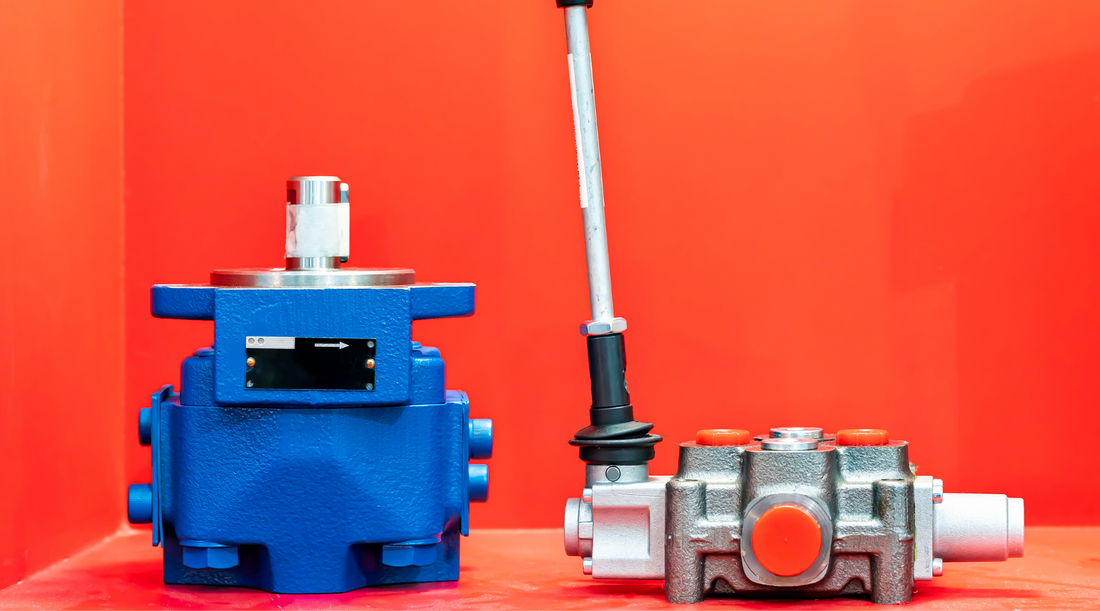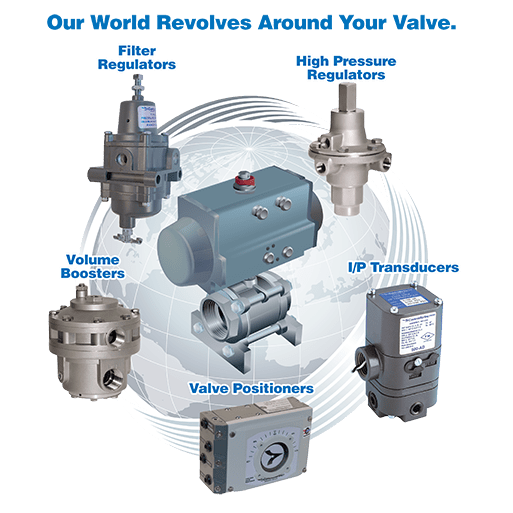Enhancing Operational Performance with Advanced Control Valves
Enhancing Operational Performance with Advanced Control Valves
Blog Article
Achieve Seamless Combination and Control With High Quality Building Automation Controls
In the realm of modern-day structure monitoring, the significance of top quality building automation controls can not be overstated. Embracing quality structure automation controls is not simply a matter of benefit yet a calculated imperative for companies aiming to optimize their facilities' efficiency and sustainability.

Development of Structure Automation Controls
Throughout the past couple of decades, the advancement of constructing automation controls has substantially transformed the way structures are handled and operated. Constructing automation systems largely concentrated on basic functions such as controlling heating, air, and ventilation conditioning (A/C) systems. As innovation advanced, these controls have actually ended up being extra sophisticated, permitting for a broader array of structure systems to be incorporated and managed centrally.
The development of building automation controls has seen a change in the direction of more intelligent systems that can adapt to transforming conditions in real-time. This flexibility is important for enhancing power performance and ensuring resident comfort. Additionally, modern-day structure automation controls currently offer attributes such as predictive upkeep, remote surveillance, and information analytics, allowing facility supervisors to make data-driven choices to enhance building efficiency.

Benefits of Top Quality Integration
The improvement in structure automation controls towards more intelligent systems has underscored the significant benefits of high quality assimilation in optimizing structure operations and boosting total efficiency. This central control also provides better presence and insights into building performance, enabling positive maintenance and optimization approaches. Overall, the benefits of quality assimilation in structure automation controls are indisputable, supplying enhanced efficiency, convenience, and operational performance.
Boosted Individual Experience and Availability
Enhancing individual interaction with building automation controls through instinctive style and boosted accessibility elevates the total experience for residents and center supervisors alike. By concentrating on user experience, constructing automation systems can end up being much more user-friendly and reliable. Instinctive user interfaces, clear navigating, and personalized setups empower users to engage with the controls easily and efficiently.
Ease of access functions play an important role in guaranteeing that all individuals, consisting of those with impairments, can utilize the structure automation controls effortlessly. Including features such as voice commands, responsive buttons, and color-contrasted display screens can enhance visit our website availability and make the controls extra inclusive.
Additionally, improved customer experience causes higher individual contentment, increased performance, and far better decision-making. Residents can change environmental setups according to their preferences, while facility supervisors can successfully handle and monitor building systems - control valves. In general, focusing on user experience and availability in structure automation regulates contributes to an extra seamless and productive building atmosphere for all stakeholders included
Lasting Practices Through Automation

Additionally, automation can assist in the assimilation of sustainable energy sources such as solar panels or wind turbines into structure procedures. Through automation, structures can align with modern-day sustainability objectives and add to a greener future.
Future Trends in Building Control Systems
In expectancy of advancing and progressing innovations sustainability techniques, the trajectory of structure control systems is poised to welcome transformative techniques and ingenious services. One famous trend forming the future of building control systems is the increased combination of Artificial Knowledge (AI) and artificial intelligence. These modern technologies enable structures to adapt in real-time to altering problems, enhancing power usage and boosting convenience for residents. In addition, the Net of Points (IoT) is changing building control systems by linking sensing units and gadgets to improve operations and improve efficiency.
One more vital trend is the focus on cybersecurity measures to safeguard against possible dangers to developing automation systems. As buildings come to be extra interconnected, making sure robust cybersecurity protocols will be vital to protect sensitive information and stop unapproved gain access to.
Furthermore, the shift towards cloud-based platforms is gaining energy, permitting streamlined control and remote accessibility to structure systems. This facilitates easier more information surveillance, maintenance, and updates, improving the general efficiency and versatility of building control systems. As innovation remains to advancement, these fads are anticipated to shape the future landscape of structure automation controls, driving innovation and sustainability in the developed setting.
Conclusion
Future patterns in building control systems are most likely to concentrate on additional enhancing automation capacities for boosted energy effectiveness and total performance. It is necessary for building proprietors and drivers to prioritize the adoption of quality structure automation regulates to enhance building operations and attain long-lasting sustainability goals.
In the world of modern-day building monitoring, the relevance of top quality building automation controls can not be Website overemphasized. In general, the evolution of building automation manages continues to drive technology in the structure administration industry, offering brand-new opportunities for producing smarter and extra lasting structures.
The innovation in building automation controls in the direction of even more smart systems has actually emphasized the substantial advantages of quality integration in enhancing building operations and boosting total efficiency. Generally, focusing on customer experience and ease of access in structure automation regulates adds to an extra smooth and efficient structure atmosphere for all stakeholders entailed.
It is necessary for structure owners and operators to prioritize the fostering of high quality building automation regulates to maximize structure procedures and achieve long-term sustainability goals. - control valves
Report this page